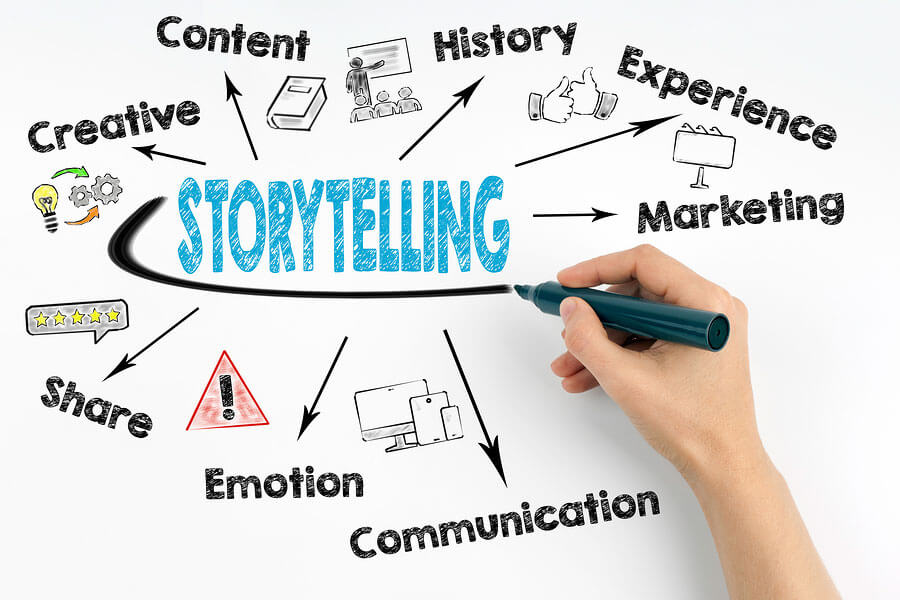What’s the Story?: Storytelling for an Optimal Customer Experience

It is a fact: storytelling brings people closer together. It has been a way to build connections for hundreds of years and across various cultures. Storytelling connects individuals, builds a tribe out of relatable experiences, expresses complex emotions, and works as a way to preserve shared history and folktales. As humans, we connect to the format instantly. It is practically in our DNA!
Storytelling, if used in the customer service sense, can significantly impact how a business captures customers. Vivid illustrations linked with stories are better at retaining customers than one-way advertisements or marketing campaigns. Customer service transforms into a customer experience the very second storytelling is involved. Stories help us retain information better as well. For your prospective customers, instead of conveying messages through direct advertising or marketing, develop brand stories that are relevant to them.
Storytelling In A Retail Environment

Storytelling is the ultimate engagement tool for retailers as it attracts new shoppers to their stores. For example, a German retailer has designated drawers that customers can open to learn more about the product’s origin. Aside from sketching out a brand’s timeline, marketers can also delve deep into the owner’s history and their reasons for founding the business. A well-told story can make customers feel deeply connected to a brand. Similarly, through carefully targeted storytelling, the customer’s brand loyalty and affinity can both increase. By conveying a story or believing in a cause linked to the brand, a retail outlet can also develop an engaging brand story.
Tapping Into Social Media

Customers can share their brand experiences through social media and face-to-face conversations. This way they feel a personal connection to the brand and feel like the brand has given them a distinct voice. Online, guest posts on company websites allow other customers to sift through other people’s experiences and make the ultimate buy-in decision for themselves. Facebook posts for your brand should be treated like mini-blog posts, tugging at the heartstrings of customers for higher persuasion. Adding an extra layer of emotion to social media posts can do wonders for how you sell your product or portray the brand. In Nielsen’s latest Global Trust in Advertising report, more than 90 percent of consumers indicated that they trust their friends or family members’ recommendations rather than advertising. Apart from social media posts, the text-based or written approach to story development for your customer experience can include emails. Emails and live chat support services can also be personalized to share your particular brand story.
Storytelling has its perks – such as developing a brand story that captures the audience’s imagination and eventually, a share of their wallet. Stories are one way to use emotions and relatability to your brand’s advantage. Remember that no story is successful, in the digital marketing sense, until it compels people to either take action or share it with others in their community. The undeniable focus must remain on the target audience and what they want to see or hear from the brand.

